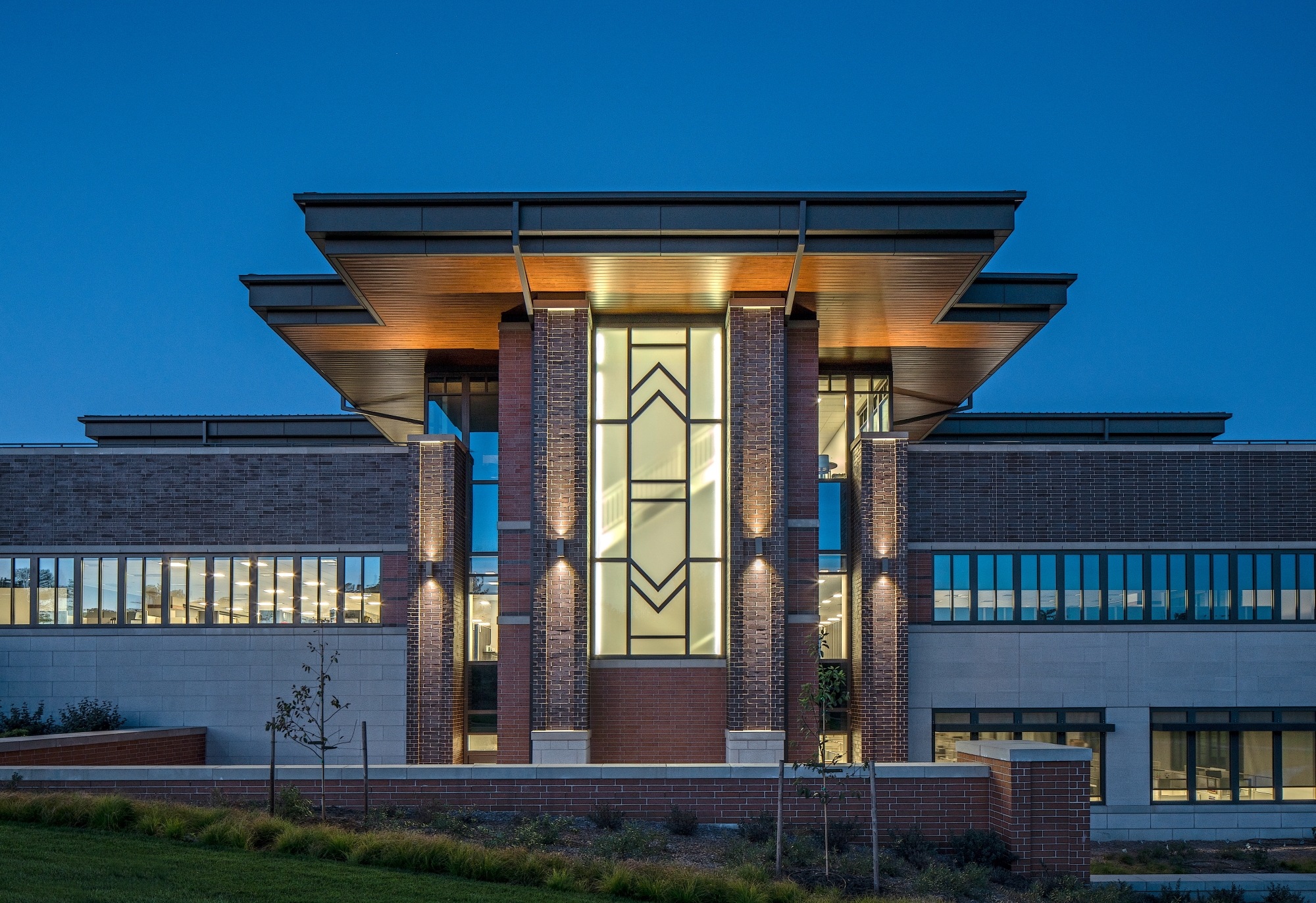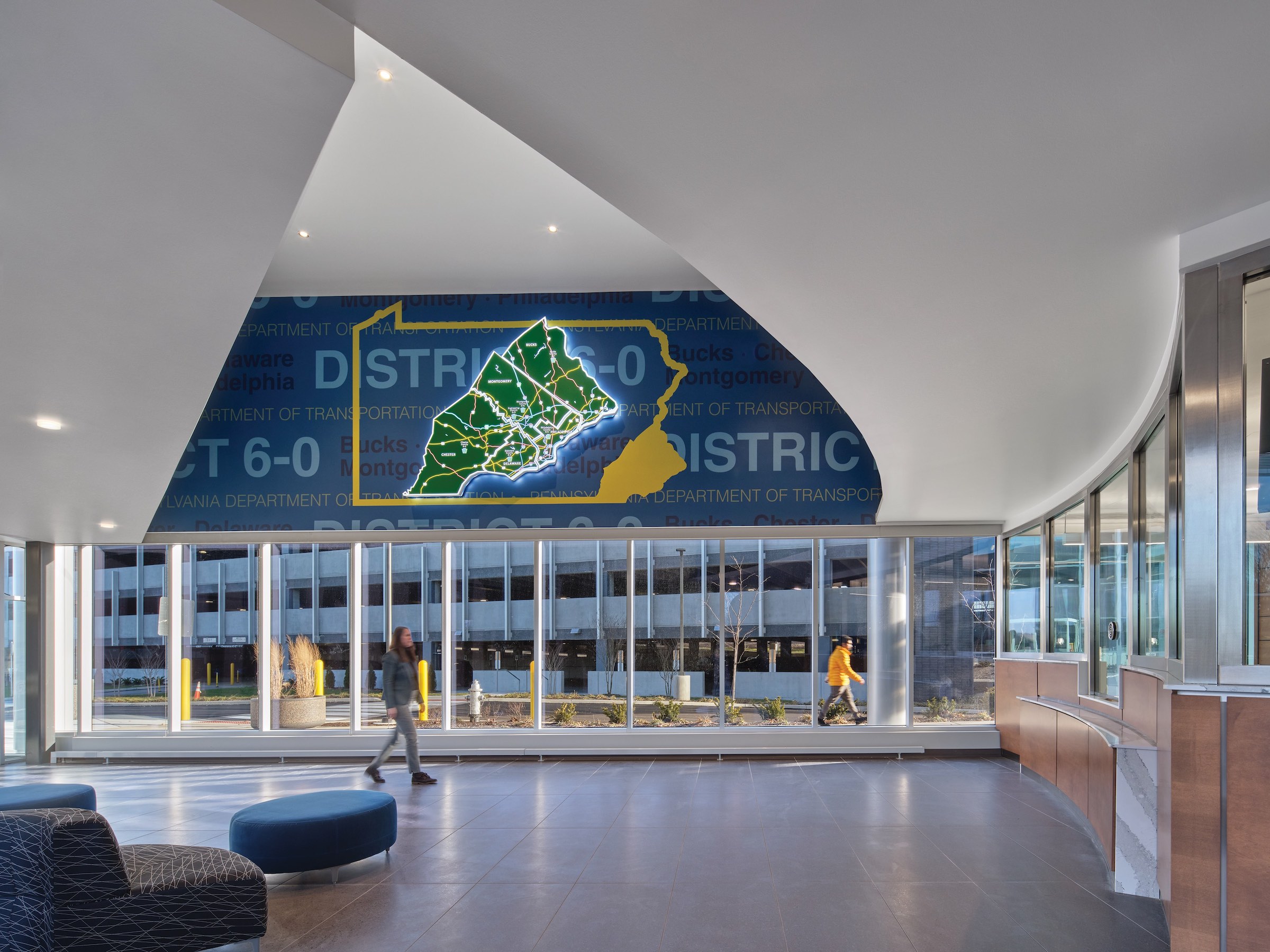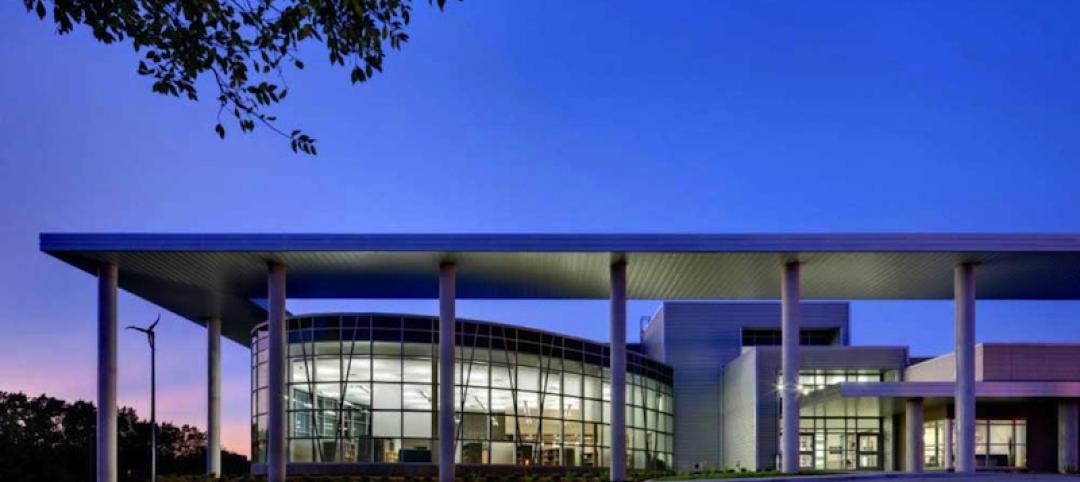In June, the Panama City–Bay County Airport and Industrial District awarded the general contractor Hensel Phelps the North Terminal Expansion project at the Northwest Florida Beaches International Airport. The firm will provide preconstruction services for an expansion that adds about 80,000 sf over two levels to the existing terminal. Hensel Phelps’ services include design reviews, market analysis, value engineering, development of a master project schedule, and development of the Guaranteed Maximum Price phase.
This is but one of several government-commissioned projects that Hensel Phelps is currently engaging. Its Government + Justice practice generated nearly $3.5 billion in revenue from government-related contracts in 2022, tops among all construction firms with government practices that year.
Jacobs has been expanding its government services practice for more than a decade, to the point where the firm’s board approved a plan in May to spin off that business into a separate entity called Critical Mission Solutions, a move that Jacobs expects to complete by October 31, 2024. Jacobs generates 31% of its total revenue from service contracts with U.S. federal agencies, or $4.6 billion in 2022. (Jacobs reported $406.8 million in government-related design contracts for that year.)
WSP, whose government-contracted design work netted $272 million last year, led a tri-venture design team and served as the designer of record for the preparation of a design-build RFP package for the 53rd Weapons Evaluation Group under Zone 3 at Tyndall Air Force Base in Florida, which was severely damaged by Hurricane Michael in 2018. The design includes a new headquarters and squadron operations, an F-16 aircraft maintenance hangar, a subscale drone facility, and parking aprons. Construction on this project began last year and is scheduled for completion in 2025. This project is part of a “reimagining” of the base after the hurricane destroyed 484 of its buildings.
The Army Corps of Engineers was also the client for the Department of Defense’s $248 million Army Institute of Public Health Command Laboratory Replacement at Aberdeen Proving Ground in Maryland, which opened in April. The 279,574-sf ZGF Architects-designed building on 20 acres, whose construction team included Gilbane Building Company and Walsh Group, is set up to respond to emerging environmental threats and health challenges for forces worldwide.
Exploring artificial intelligence as a tool
The passage, in 2021, of the bipartisan Infrastructure Investment and Jobs Act, coupled with last year’s passage of the Inflation Reduction Act, created an environment that has spurred spending for new construction as well as modernization of existing buildings. To cite one example, the General Services Administration, the federal government’s construction and property manager, has requested $21.8 billion in total budget authority for fiscal year 2024, including $10 billion from the Federal Capital Revolving Fund, which GSA uses to finance construction and renovation. If enacted, that total budget authority would be $11 billion more than in fiscal year 2023.
Nonresidential public construction spending, while only about a quarter of private-sector spending, has been growing at a much faster clip lately. In June, it was up 13.8% to $411.4 billion, with commercial and manufacturing the biggest subsectors, according to Commerce Department estimates.

To position themselves competitively, AEC firms with government-sector practices have been focusing their attention on integrating technology into their services and operations, as well as improving their project management and personnel development methods.
Several firms seem to be beyond the kicking-the-tires stage on artificial intelligence. WSP says it’s been exploring AI and developing “scalable and controllable strategies” for its broader development. HDR’s architects are attempting to demonstrate how machine learning and AI can work alongside traditional labor to enable a sustainable, equitable future.
Kimley-Horn expanded the use of digital delivery—specifically, Digital Twin—for state Department of Transportation projects to minimize their complexities, cost, time, and risk. Digital delivery provides the DOTs with more accurate and detailed designs, reduces errors and conflicts, and improves communication and collaboration among project stakeholders.
Seeking a smaller carbon footprint on building projects
In June, GSA’s Green Proving Ground program, in collaboration with the U.S. Department of Energy’s Building Technologies Office, selected 20 technologies to test how they might help decarbonize real-world buildings. Among the seven areas that this year’s program homes in on are greenhouse gas accounting, operational and embodied carbon, onsite renewables, and window retrofits.
Those tests can be placed within a wider context of AEC Government Giants giving more attention to decarbonizing their projects. The engineering firm Syska Hennessy, for one, is a signatory to the MEP 2040 Challenge, and as such is focusing on the climate, decarbonization, and electrification by perfecting its energy and simulation modeling, which enables the firm to develop carbon-neutral net-zero buildings and predict project lifecycles.
In partnership with Prometheus Materials, Skidmore, Owings & Merrill introduced an algae-based bio-concrete that absorbs carbon. SOM says the material uses two natural mechanisms to sequester and store CO2 in material form: photosynthesis and carbonate mineralization.
DLR Group undertook a cross-disciplinary research mass timber prototype initiative that began with a Wood Innovations grant from the U.S. Forest Service in partnership with the University of Minnesota. This involved designers, engineers, developers, hoteliers, federal bodies, and educators; the top concerns they found were sound, structure, and safety. The research proved how mass timber can be a viable, structurally-sound, environmentally-friendly solution.
Knowledge is power in government construction
Even as GCs are expanding their payrolls, nonresidential construction continues to search for satisfactory answers to labor shortages. Finding and retaining workers across the job spectrum are major challenges for AEC firms, several of which took steps to improve their mentoring, training, career development, and information sharing.
Indianapolis-based Ratio Design conducted a year-long project management training program, during which it crafted a tailored program for its staff, and invested in outside consultants to assess current knowledge base and needs, develop curriculum, and assist in session development. As a result, internal content sessions were created with small group meetings that focus on peer-to-peer mentorship and senior staff transfer of knowledge.
McCarthy Holdings identified as a “primary obstacle” to its operations the consolidation of knowledge among individuals who were either retiring or lacked the capacity to train others. So the firm developed a customizable software platform called SiteShift Parking by McCarthy, a generative tool that empowers McCarthy’s parking structure teams to rapidly iterate through unique, adaptable layout options for clients in real-time.
Related Stories
| Jan 13, 2014
Custom exterior fabricator A. Zahner unveils free façade design software for architects
The web-based tool uses the company's factory floor like "a massive rapid prototype machine,” allowing designers to manipulate designs on the fly based on cost and other factors, according to CEO/President Bill Zahner.
| Jan 11, 2014
Getting to net-zero energy with brick masonry construction [AIA course]
When targeting net-zero energy performance, AEC professionals are advised to tackle energy demand first. This AIA course covers brick masonry's role in reducing energy consumption in buildings.
| Dec 31, 2013
BD+C's top 10 stories of 2013
The world's tallest twisting tower and the rise of augmented reality technology in construction were among the 10 most popular articles posted on Building Design+Construction's website, BDCnetwork.com.
| Dec 27, 2013
U.S. Capitol dome’s cracks to be repaired during $60 million renovation
Rings of scaffolding will start to rise this spring around the cast-iron dome of the U.S. Capitol in Washington as part of a $60 million renovation project to repair more than 1,300 cracks.
| Dec 20, 2013
Can energy hogs still be considered efficient buildings? Yes, say engineers at Buro Happold
A new tool from the engineering firm Buro Happold takes into account both energy and economic performance of buildings for a true measure of efficiency.
| Dec 13, 2013
Safe and sound: 10 solutions for fire and life safety
From a dual fire-CO detector to an aspiration-sensing fire alarm, BD+C editors present a roundup of new fire and life safety products and technologies.
| Dec 10, 2013
16 great solutions for architects, engineers, and contractors
From a crowd-funded smart shovel to a why-didn’t-someone-do-this-sooner scheme for managing traffic in public restrooms, these ideas are noteworthy for creative problem-solving. Here are some of the most intriguing innovations the BD+C community has brought to our attention this year.
| Dec 9, 2013
Skaneateles, N.Y., converts old firehouse to net-zero village hall
The Finger Lakes village of Skaneateles, N.Y., renovated its vacant firehouse into Skaneateles Village Hall, the first municipal net-zero energy building in the state of New York.
| Dec 4, 2013
First look: Dubai's winning bid for World Expo 2020 [slideshow]
Dubai has been chosen as the site of the 2020 World Expo. HOK led the design team that developed the master plan for the Expo, which is expected to draw more than 25 million visitors from October 2020 through April 2021.
| Dec 3, 2013
Architects urge government to reform design-build contracting process
Current federal contracting laws are discouraging talented architects from competing for federal contracts, depriving government and, by inference, taxpayers of the best design expertise available, according to AIA testimony presented today on Capitol Hill.

















